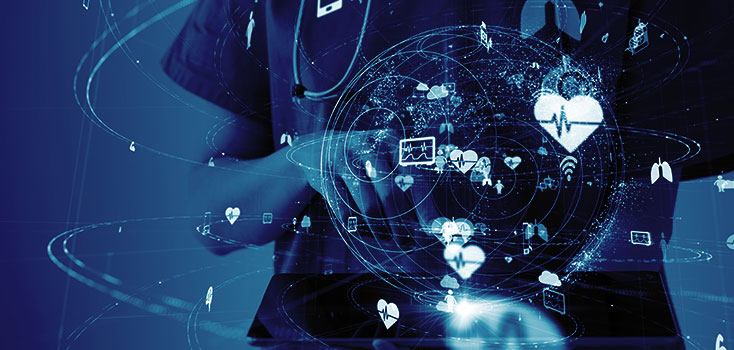
New technological advancements for emergency response
In the recent months, various new developments have set out to revolutionize the rescue industry. Coming from different countries all over the world, if proven successful, they could soon change the European EMS landscape as well.
Emerging IoT for emergency situations.
The Internet of Things (IoT) has become one of the most potential technology segments that already found application in many systems like industry commerce or even the military.
Recently the potential for the rescue service has been recognized more and more. Key aspects that could be improved in the EMS include:
- Communications between individuals and emergency services
- Communications within emergency services personnel
- Public Warning Systems, broadcasting communications from authorities to individuals
- Automated emergency response, an automated system that triggers an action that will prevent further harm to individuals[1]
Emergency Response
An example of this new IOT systems, is a simplified platform-response system with an interactive touchscreen, which provides customers with access to help, medication management, photo sharing and messaging. It contains features like reminding customers or caregivers to manage medication or treatments. It can also track activities and enables interaction.[2]
Disaster response
Another great opportunity to help emergency response teams is automatized disaster detection: New technology can be able to immodestly answer to threats and work on a possible relief strategy long before individuals. It would also be able to track where people are in the need for help – for example in affected earthquake regions – and to guide rescue teams to the locations.[3]
VR firm specialising in emergency disaster scenarios
Last but not least, advancements have also happened in the training of response teams: Specialised VR technology could foster the training and decision making of rescue units by providing immersive learning. The interactive video software allows people to experience realistic scenarios, where they are presented with choices and their decisions determine the outcome. This could enhance the experience of current rescue teams but also further support the next generations to come.[4]
[1] IoT news (2019): How the IoT will save lives: Applying IoT technology to emergency communications. Available at: https://www.iottechnews.com/news/2019/nov/22/how-iot-will-save-lives-applying-iot-technology-emergency-communications/
[2] PR Newswire (2020): Emergency Response Gets Tech Savvy. Available at: https://www.prnewswire.com/news-releases/emergency-response-gets-tech-savvy-300980258.html
P&T Community (2019): MobileHelp and LifePod Connect AI-Driven, Voice-Enhanced Caregiving Solution with Emergency Response. Available at: https://www.ptcommunity.com/wire/mobilehelp-and-lifepod-connect-ai-driven-voice-enhanced-caregiving-solution-emergency-response
[3] The New York Times (2019): This High-Tech Solution to Disaster Response May Be Too Good to Be True. Available at: https://www.nytimes.com/2019/08/09/us/emergency-response-disaster-technology.html
[4] https://www.business-live.co.uk/technology/vr-firm-specialising-emergency-disaster-17487802

